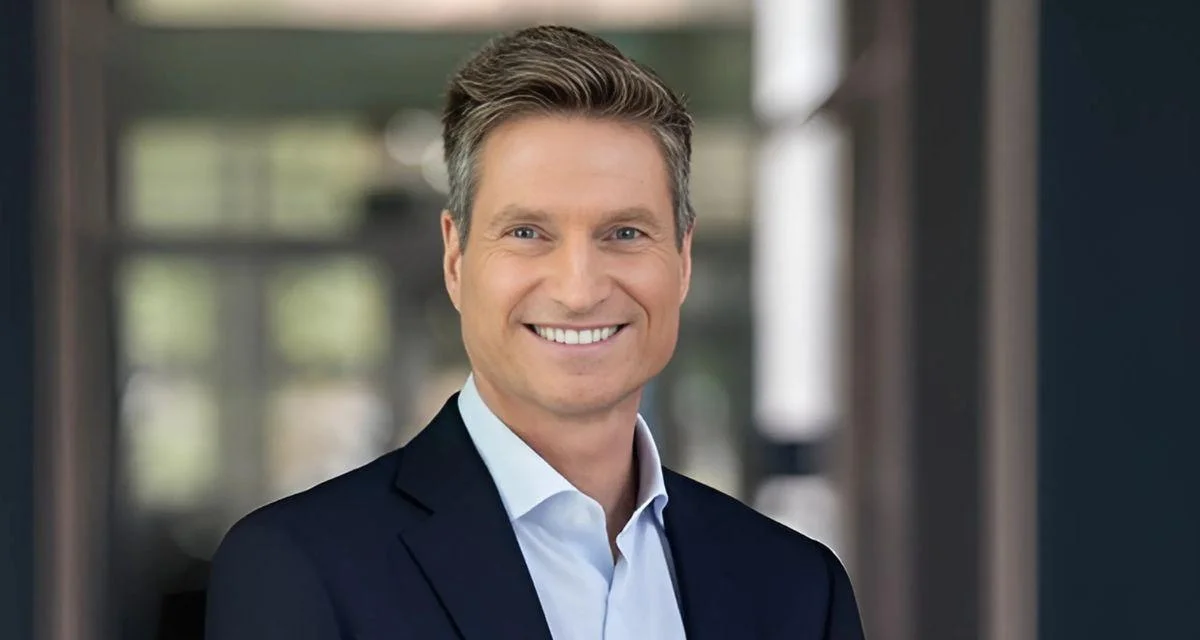Japan holds one of the largest non-U.S. fleets with orders for both A and B models: “Japan's adoption of the F-35 was motivated as much by technological aspirations as by geopolitical urgency. A growing threat from China which has manifest in new stealth fighters and violations of Japanese air-defense identification zones (ADIZ) with worrying regularity. Thus, Tokyo chose the JSF.” To accelerate training and local industry participation, initial units were built in America while subsequent jets are assembled at Mitsubishi Heavy Industries’ facility in Nagoya.
This approach allowed Japan’s aerospace sector to participate directly in stealth aircraft production while reducing reliance on imports for its supply chain needs. In response to regional security concerns—particularly over Chinese activity near disputed islands—Japan increased its order to 105 F-35As and added 42 F-35Bs for carrier operations.
The UK has committed to acquiring 138 F-35Bs: “The UK has committed to a fleet size of 138 F-35Bs and is in talks for F-35As to replace outgoing Eurofighter Typhoons.” These jets support Royal Air Force (RAF) and Royal Navy missions including deployments aboard Queen Elizabeth-class carriers during Indo-Pacific operations.
BAE Systems manufactures about 15% of every global airframe—including key fuselage sections—and maintains a sustainment facility at RAF Marham serving British and European fleets.
Australia selected the JSF mainly due to alliance commitments under ANZUS and its vast territory: “The Royal Australian Air Force (RAAF) procured the F-35 with a distinct set of priorities owing to its vast geography and alliances with the US under the ANZUS treaty.” Canberra ordered 100 aircraft after lengthy negotiations aimed at replacing aging platforms like Hornets and strike bombers.
Australian squadrons now conduct joint exercises with American and Japanese partners while integrating advanced surveillance capabilities into national defense strategies.
Italy joined early as both an operator and industrial partner: “Italy presents one of the most intricate stories of F-35 operators... Rome became a partner early in the program and made it possible for Leonardo and Lockheed Martin to run Europe's final assembly line at Cameri Air Base.” Italian facilities assemble domestic jets as well as wings for international customers.
Operationally active squadrons participate regularly in NATO missions such as Baltic Air Policing alongside other allies.
Lockheed Martin’s Skunk Works division leads ongoing upgrades focused on propulsion improvements and new open-systems technology intended for future Block 4 configurations across all variants. Northrop Grumman produces every center fuselage; more than three hundred U.S.-based suppliers contribute components ranging from ejection seats by Martin-Baker to sensors from Collins Aerospace.
Through these multinational efforts involving assembly lines spread across several continents—as well as shared research into next-generation systems—the global fleet continues expanding both numerically and technologically.
 Alerts Sign-up
Alerts Sign-up




































